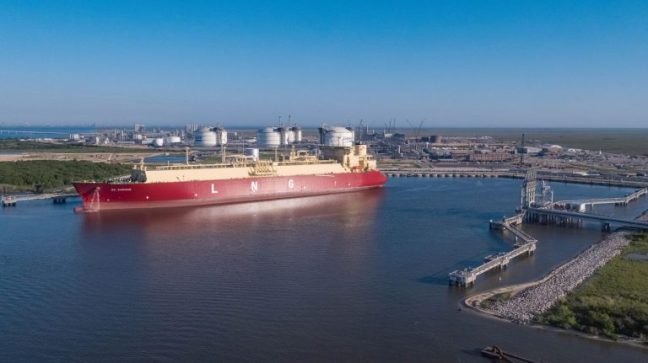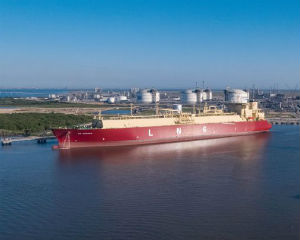
A recent column by Energy In Depth highlights the important role natural gas is playing in meeting demand for energy in developing countries where access is far from universal.
Citing the latest data from International Energy Agency (IEA), the article notes that at least 1 billion people are without electricity worldwide and that increased natural gas production has positioned the United States to help decrease that number and provide developing nations with the tools to increase access to energy.
The United States exported approximately 681 billion cubic feet of natural gas from January to August 2018, according to the Energy Information Administration (EIA). About 58 percent of those exports went to India, China and other Asian markets – more than double the gas sent to Asia for the same period of time in 2017.
UNICEF reports that in areas with limited or no access to energy, 90 percent of a household’s energy consumption is often derived from burning firewood, charcoal, agricultural waste and animal dung to cook – fuels that contributed to roughly 600,000 deaths in children under the age of five in 2012, mostly in developing countries, from air-related illnesses.
The IEA report explains,“In India, national data show a reduction of 14 percentage points in the share of population relying on biomass and kerosene between 2011 and 2015, with most now using LPG instead. Since 2015, government figures indicate that an additional 50 million free LPG connections have been provided to poor households via the high-profile PMUY scheme. In China, natural gas infrastructure development is helping to reduce the use of biomass and kerosene.”
Read the full article from Energy In Depth here.
